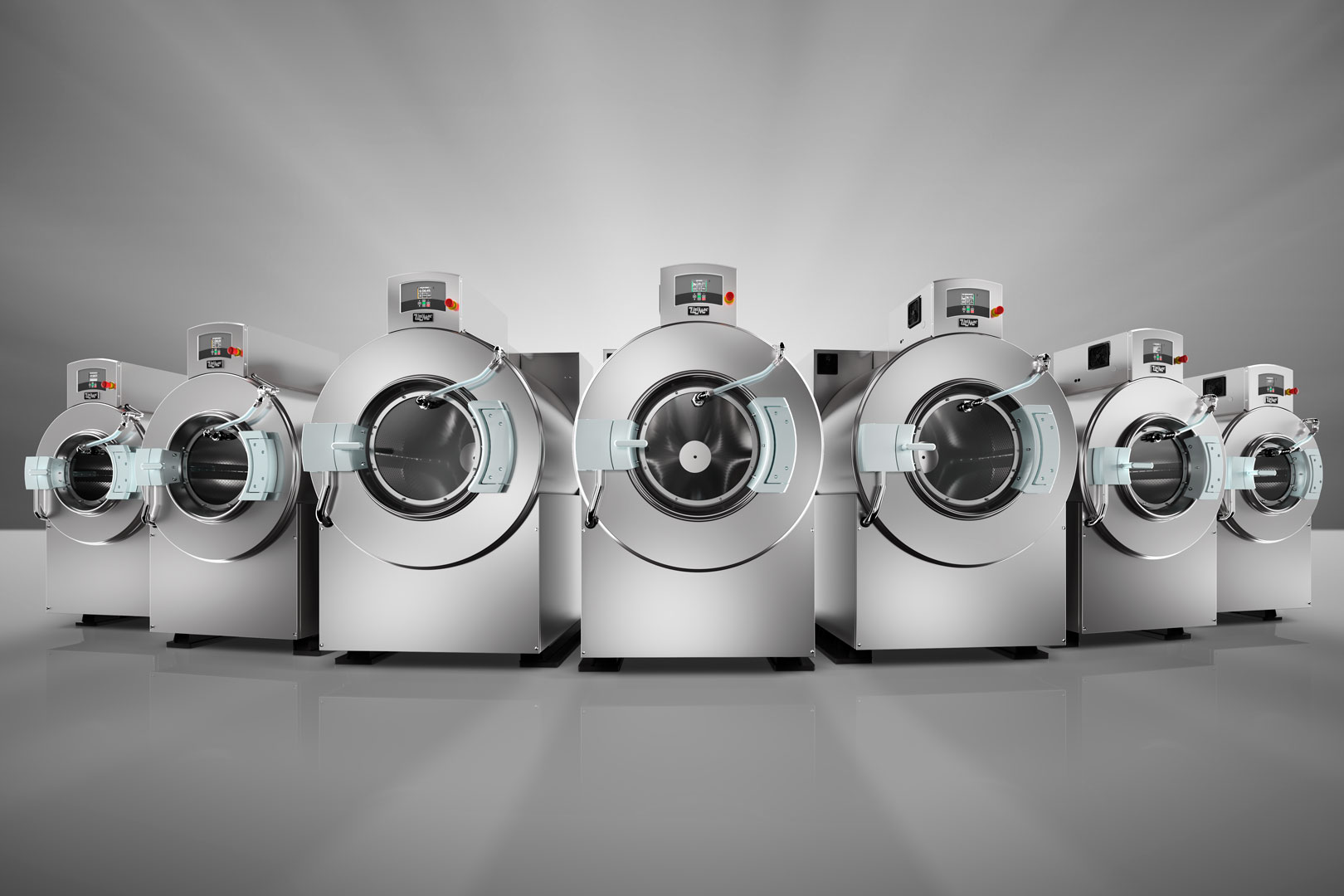Why G-Force matters

We are used to hearing about racecar drivers and fighter jet pilots experiencing “Gs” or G-Force. So, what is it? And how does it relate to laundry?
G-Force is quite simply a multiple of the force of gravity due to acceleration. Fighter jet pilots can experience upward of nine Gs, or nine times the force of gravity. A NASCAR driver may experience roughly the Gs in corners of high bank superspeedways.
What does all this G-Force talk have to do with your laundry operation? The bottom line – the faster you spin your loads in the washer-extractor, the higher the G-Force and the more water that is removed. More moisture removed in the washer, means less drying time necessary. For instance, sheets or pillowcases spun in washer-extractor at 350+ G-Force can often go directly to the ironer for finishing, or with just minimal conditioning time in the tumble dryer.
Generally speaking, higher G-Force is better, though the moisture removal diminishes or plateaus around 400+. Spinning a higher G-force any longer than a few minutes produces minimal advantages. However, the difference of a laundry operating with 180 G-Force and one with 300+ is significant. So, look at G-Force as being about increased efficiency – less drying time means reduced gas consumption and greater throughput (which can help reduce overtime for employees). For hotels, long-term care, athletic facilities and the like, high G-Force is a prerequisite to keeping loads moving and costs low.
Like anything, there are exceptions. In this case the fire service. The PPE that firefighters wear is made of highly technical fibers. Spinning them at these ultra-high G-forces can damage them, reducing their protective qualities. For this reason, bunker gear should not be spun out at any higher than 100 G-Force. In the sports realm, jerseys and uniforms also may benefit from a lower G-Force for the same reason – their makeup of technical fibers. Therefore, it important to work with your providers of these items to ensure your laundry adopts the proper wash cycles and spin speeds. Programmable controls are a central ingredient to giving laundry operations the flexibility to tailor cycles (and spin speeds) to the specific needs of each piece. To see the range of washer-extractor options available, click here.
